Bears were once excessively killed in Japan. Now they’re attacking humans at a record rate
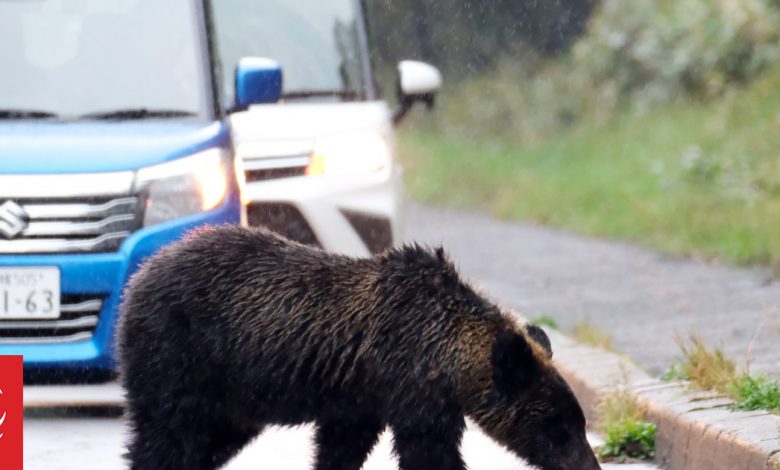
By James Oaten and Yumi Asada, Reuters
Katsuo Harada is all too familiar with the devastating might of Japan’s bears after one almost killed him during a deer hunting trip.
The deep scars on his face and a missing eye serve as a permanent reminder of his scrape with death 24 years ago.
“When I went to the hospital, everyone thought I wasn’t going to make it,” he recalls, explaining his face required 16 hours of surgery.
“They repaired my face, my skin was peeled off [and] I’ve lost one of my eyes.”
Harada’s wounds made him a local legend and inspired him to turn from deer hunter to bear culler, in an effort to protect his community.
Now, his expertise is needed more than ever, after a record season of bear attacks.
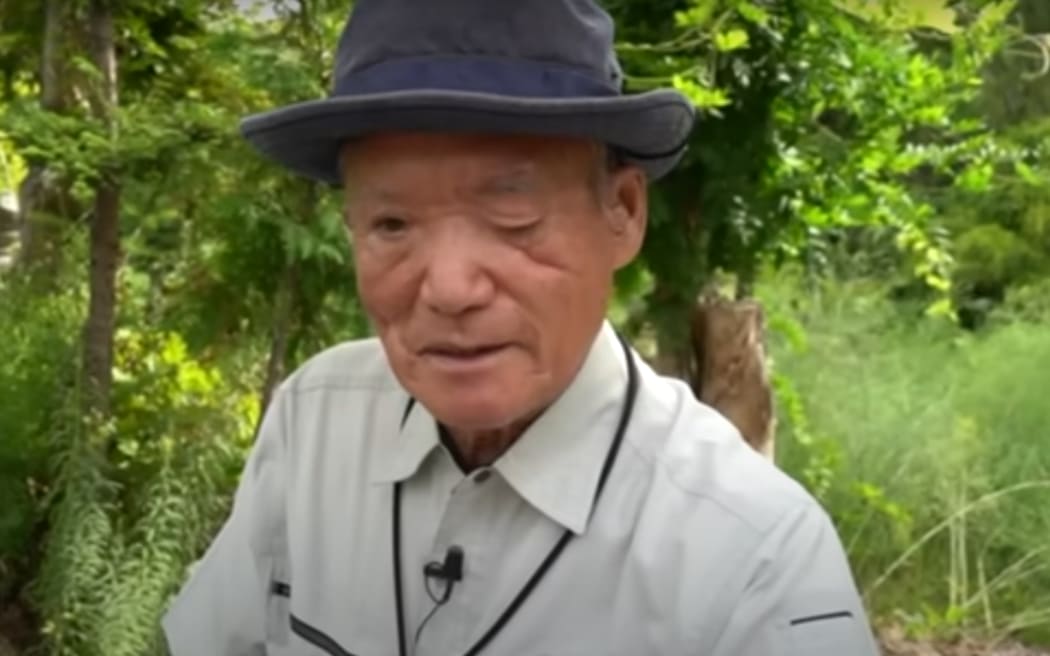
Japan recorded 219 bear attacks on people in the 12-months leading up to March this year, including six fatalities.
It was the highest number of incidents and sightings since records began in 2006.
In the 1980s, bears in some parts of Japan were at risk of extinction after excessive culling and hunting. On the south island of Kyushu, bears were declared extinct, with the last bear spotted in 1987.
But there has been a recent boom in numbers, with one estimate putting Japan’s black bear population at 44,000, three times what it was in 2012. The brown bear population has doubled since 1990 to around 11,700.
This explosion, coupled with a shrinking of Japan’s human population, has blurred the lines between people and the bear habitat.
As towns empty out, increasingly confident, hungry bears venture into populated areas on the hunt for food and territory.
The situation is becoming so severe that government officials have warned some bears are viewing humans as prey.
Looking out for hungry bears
Harada and his two young apprentices monitor bear traps on the outskirts of his village, near Sapporo, on the north island of Hokkaido.
“I’m 84 years old and even if I want to quit, I can’t,” he said.
“If we don’t teach the basics to the younger people, they’ll get killed.”
When a bear is captured, the cullers administer a deadly electric shock, killing the bear quickly and efficiently.
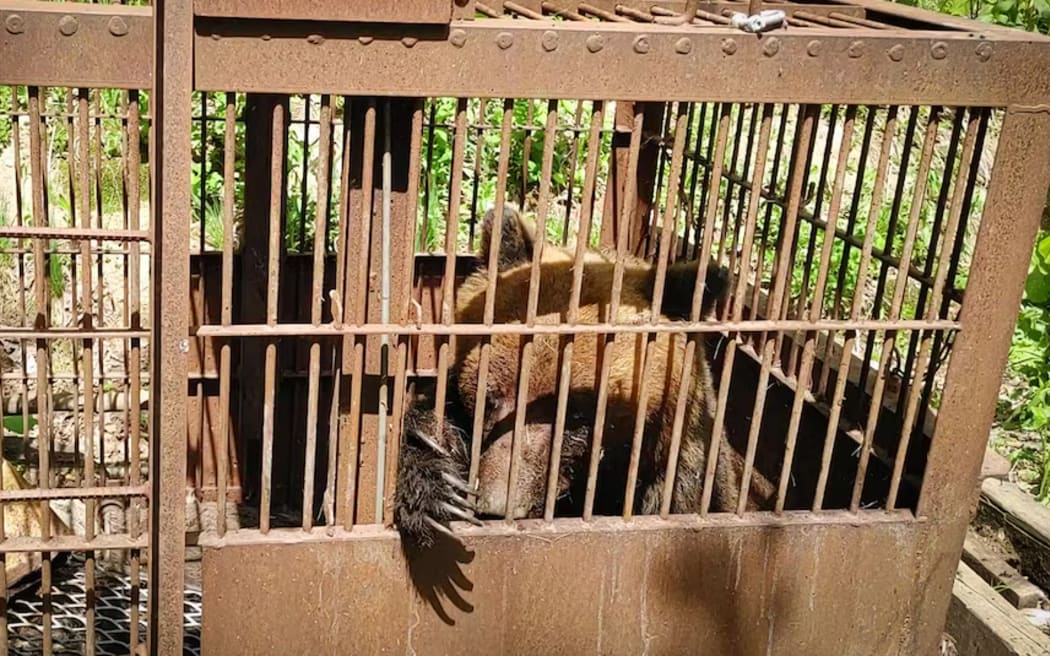
It’s a necessary step to enforce clearly defined zones for humans and bears, the cullers argue.
“We don’t take animal life because we want to,” said Harada’s apprentice, Atsushi Kanno.
“We take the minimum amount of life necessary to protect human life.”
Harada credits his bear traps for preventing any major incidents at his village.
“We keep this village safe,” he said.
“There has never been a case, which a bear came close to a house or anything like that. That’s one thing I’m proud of.”
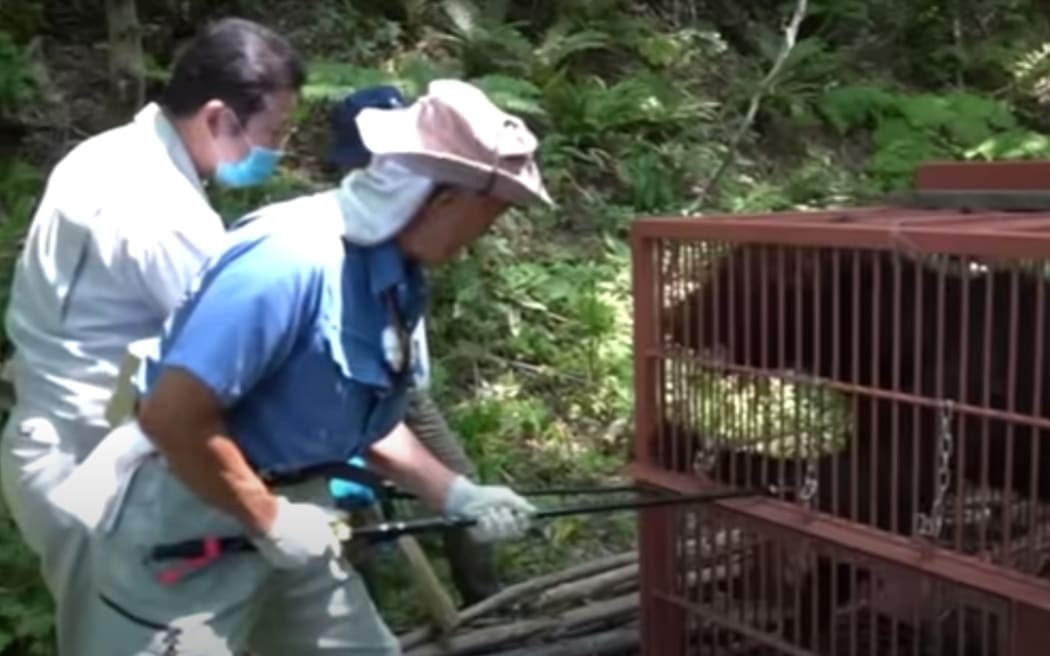
But keeping on top of the task is proving increasingly challenging.
“We caught 27 bears last year,” he said.
“Seventeen the year before, and the years before that was five or six bears, so it’s increasing more and more.”
Why bear attacks are increasing
After a winter hibernation, which typically lasts from late November until April, the bear attacks resumed in May.
Last month, two police officers in Japan’s northern province of Akita were seriously injured when they tried to retrieve a body after a suspected fatal bear attack.
Last year’s record number of bear attacks surpassed the previous record of 158, which was set in the 12 months from April 2020.
Authorities have reached a horrifying conclusion.
“The bears know humans are present and attack people for their food, or recognise people themselves as food,” Akita government official Mami Kondo said.
“There is a high risk that the same bear will cause a series of incidents.”
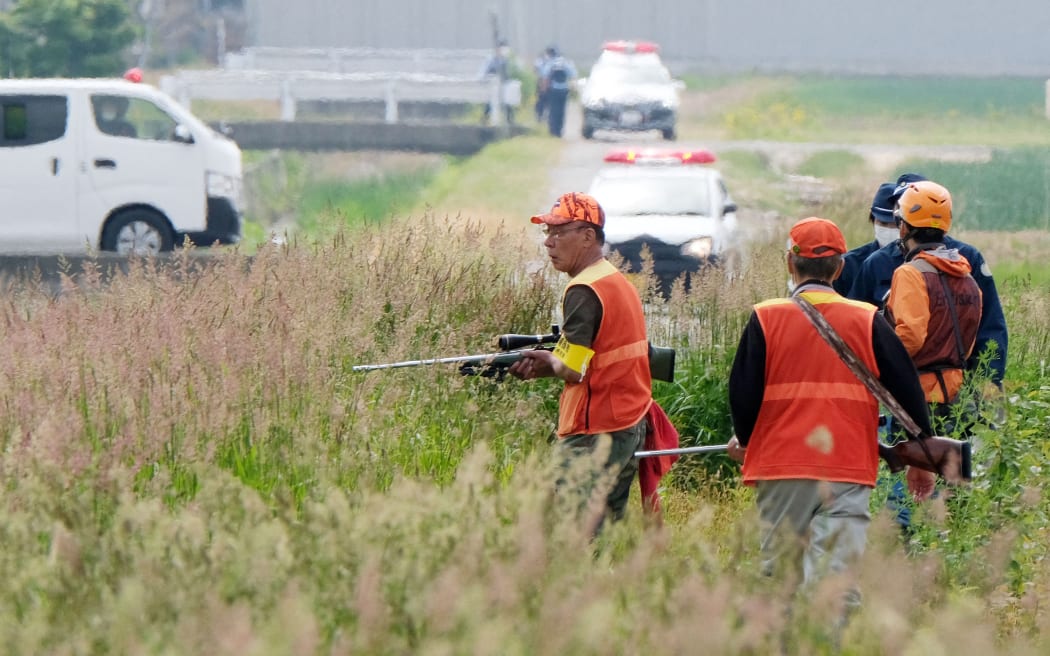
Independent bear expert Kazuhiko Maita, from the Institute for Asian Black Bear Research and Preservation, agreed that some bears were likely viewing humans as prey.
But he said this was only true in specific areas of Akita, not across Japan.
“There are areas that are inhabited by bears that have inherited an aggressive family lineage,” he said.
“Therefore, these areas should be designated as special areas.”
Maita stressed that bear fatalities remained rare and wanted authorities to continue investing in non-lethal bear control methods, like electric fences.
One of the drivers behind bear attacks is because their food supply is becoming more insecure, due to climate change impacting pollination and flowering of some food sources.
Some bears are now skipping or delaying hibernation as a result, making them crankier and hungrier.
It’s a danger that residents in northern Japan have had to accept.
“If I must go out [at night], I’ll take the car, but I don’t go on foot outside my house because I’m scared of the bears around here,” Sapporo resident Kazuyoshi Niwa said.
Some hold mixed feelings about the bear cull, believing it is humans that have encroached on traditional bear habitat.
“I think people in Hokkaido co-exist with the bears,” Niwa said.
“They do extermination work, but there are pros and cons about that.
“If it’s not a pressing situation, I don’t think it’s necessary to kill them.”
The case for permanent park rangers in Japan
Harada is at ease recounting the moment a bear attacked him more than two decades ago.
“I immediately took the gun and shot it,” Harada recalls.
“Then the bear took my gun away from me, and I was knocked down, and then the bear was on top of me.
“It opened its mouth and it gnawed, gnawed, gnawed, gnawed.”
He put his hand down the bear’s throat to stop it from chewing his face, before passing out. His quick thinking saved his life.
The bear eventually let go and later died from the gunshot wound.
Harada keeps the skull of the bear that attacked him but stresses he respects the animals and harbours no ill will towards then.
He doesn’t believe bears view humans as prey, and instead suggests they may be defensive or seeking food the humans have in their possession.
However, he does argue human zones need to be protected, though finding hunters to do the necessary culling is difficult, as the local council only pays per bear.
Harada and his two young apprentices want a permanent presence of park rangers, like Australia, to manage the issue for decades to come.
“In other countries, I think there are jobs like forest rangers, but here in Japan, we don’t have such jobs,” apprentice Yusuke Fujishima said.
For now, it’s a race to share his knowledge to the younger generation, while he’s still able to.
“As for the bears, it takes a lifetime to learn,” Harada said.
ABC
According to the news on Radio New Zealand




